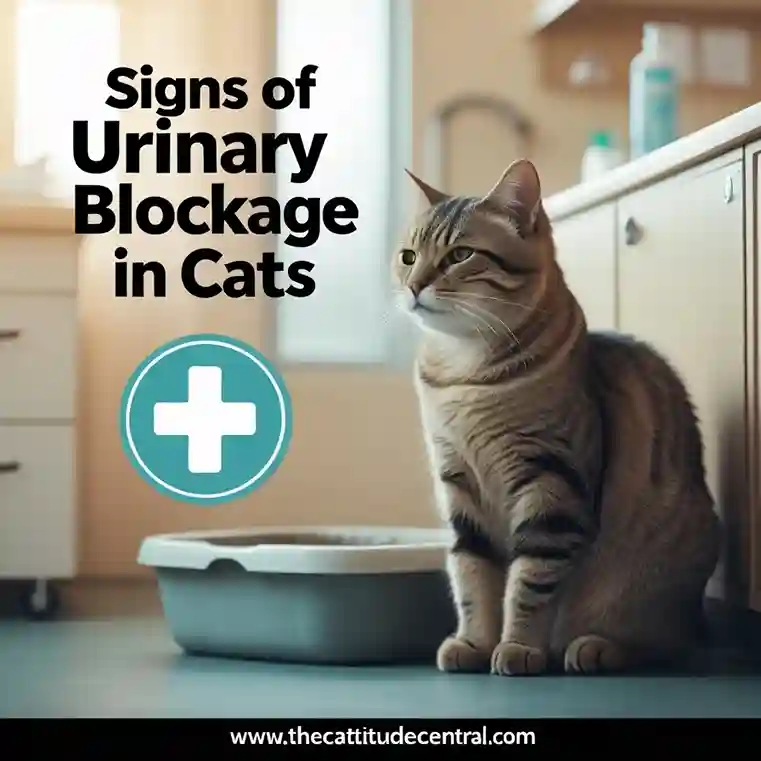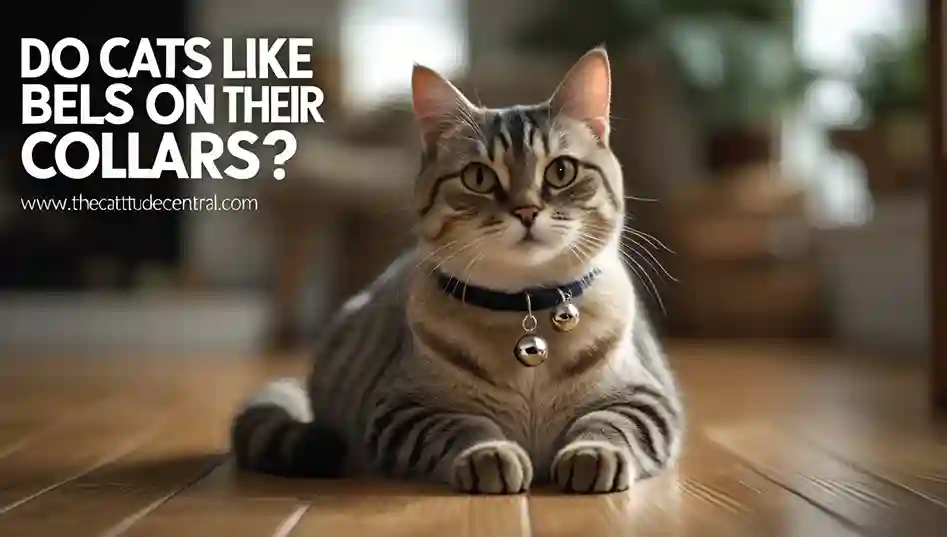As a cat owner, noticing unusual bumps or blackheads on your feline’s chin or around their mouth can be concerning. These could be signs of cat acne, a common yet often misunderstood skin condition in cats. Acne affects felines of all breeds and ages, manifesting as blackheads, pimples, or inflamed sores, primarily on the chin and lips. While it may seem minor, untreated acne can lead to discomfort or secondary infections, making it essential to address promptly.
This guide dives deep into cat acne, exploring its causes, symptoms, treatments, and prevention strategies. We’ll also highlight Amazon products to help manage the condition and answer frequently asked questions sourced from recent trends. By the end, you’ll have a clear roadmap to keep your cat’s skin healthy and vibrant.
What Is Cat Acne?
Cat acne is a dermatological condition where hair follicles on a cat’s skin, typically around the chin or lips, become clogged with oil, dirt, or bacteria. This results in blackheads (comedones), pimples, or even painful sores. Unlike human acne, acne isn’t linked to hormonal changes during puberty but rather to environmental, grooming, or health-related factors.
The condition is often mild but can escalate if not managed properly. For instance, excessive scratching of affected areas can introduce bacteria, leading to infections that require veterinary intervention. Understanding the root causes of acne is the first step to effective treatment.
Causes of Cat Acne
Several factors contribute to acne, and pinpointing the cause can help tailor an effective treatment plan. Here are the primary culprits:
Poor Grooming Habits
Cats are meticulous groomers, but some may struggle to clean hard-to-reach areas like the chin. Leftover food, dirt, or oils can accumulate, clogging pores and triggering acne. Long-haired breeds, like Persians, are particularly prone due to their dense fur trapping debris.
Plastic Food and Water Bowls
Plastic bowls can harbor bacteria and oils, especially if not cleaned regularly. When a cat’s chin comes into contact with these surfaces, it can exacerbate acne. Switching to stainless steel, ceramic, or glass bowls can reduce this risk.
Recommended Product: CatGuru Premium Whisker Stress-Free Cat Food Bowl – This ceramic bowl is easy to clean and reduces chin irritation, helping prevent acne.
Stress and Anxiety
Stress can increase oil production in a cat’s skin, contributing to acne. Changes in the environment, such as moving homes or introducing a new pet, may trigger flare-ups.
Allergies or Sensitivities
Food allergies, environmental allergens, or sensitivities to grooming products can lead to skin irritation and acne. Cats with sensitive skin may react to certain ingredients in their diet or topical products.
Underlying Health Conditions
In some cases, acne may signal underlying issues like immune system disorders or dental problems, which cause excessive salivation and chin irritation. A veterinarian can rule out these conditions through diagnostic tests.
Symptoms of Cat Acne
Recognizing cat acne early is crucial for effective management. Common symptoms include:
- Blackheads: Small, dark spots resembling dirt on the chin or lips.
- Pimples or Red Bumps: Inflamed areas that may be painful to the touch.
- Swelling or Redness: Severe cases may show swelling or crusty sores.
- Hair Loss: Affected areas may lose fur due to scratching or infection.
- Itching or Discomfort: Cats may paw at their chin or rub it against surfaces.
If you notice these signs, consult a veterinarian to confirm acne and rule out similar conditions like mange, ringworm, or allergic dermatitis.
Diagnosing Cat Acne
A veterinarian will diagnose cat acne through a physical examination and, in some cases, additional tests. They may:
- Inspect the Skin: Checking for blackheads, pimples, or sores.
- Perform a Skin Scrape: To rule out parasites like mites.
- Conduct a Biopsy: In severe cases, to differentiate acne from tumors or other skin conditions.
- Test for Infections: Swabbing the area to identify bacterial or fungal involvement.
Early diagnosis ensures acne is treated before it worsens, preventing discomfort or scarring.
Treatment Options for Cat Acne
Treating cat acne depends on its severity. Mild cases can often be managed at home, while severe cases may require veterinary intervention. Here’s a breakdown of effective treatments:
Home Remedies for Mild Cat Acne
For mild acne, simple changes can make a big difference:
- Clean the Affected Area: Use a warm, damp cloth to gently clean the chin daily, removing dirt and oils. Avoid harsh soaps that may irritate the skin.
- Use Antiseptic Wipes: Products like Pet MD Chlorhexidine Wipes are formulated for pets and help reduce bacteria on the skin, preventing acne flare-ups.
- Switch to Non-Plastic Bowls: Replace plastic bowls with stainless steel or ceramic options to minimize bacterial buildup.
- Monitor Grooming Products: Use hypoallergenic shampoos or wipes to avoid triggering acne.
Recommended Product: Vet’s Best Hypoallergenic Cat Shampoo – This gentle shampoo soothes sensitive skin and helps manage acne.
Veterinary Treatments for Severe Cat Acne
For persistent or infected acne, a veterinarian may recommend:
- Topical Medications: Benzoyl peroxide or chlorhexidine gels to reduce inflammation and bacteria.
- Oral Antibiotics: For secondary bacterial infections, antibiotics like Clavamox may be prescribed.
- Steroid Injections: To reduce severe inflammation in chronic cases of acne.
- Dietary Changes: If allergies are suspected, a vet may suggest a hypoallergenic diet to address underlying causes of acne.
Always follow your vet’s guidance when using medications to avoid side effects or worsening acne.
Preventing Cat Acne
Prevention is key to keeping cat acne at bay. Incorporate these strategies into your cat’s routine:
Maintain Hygiene
Clean your cat’s chin regularly with a damp cloth or antiseptic wipes. Ensure food and water bowls are washed daily with hot, soapy water to prevent bacterial buildup that contributes to acne.
Choose the Right Bowls
Opt for stainless steel or ceramic bowls, like the Neater Pet Brands Stainless Steel Cat Bowl, which are less likely to harbor bacteria and reduce the risk of acne.
Manage Stress
Provide a calm environment with plenty of enrichment, such as toys or scratching posts, to minimize stress-induced acne.
Recommended Product: Petstages Catnip Chew Toy – This toy reduces stress and promotes dental health, indirectly supporting acne prevention.
Regular Veterinary Checkups
Routine vet visits can catch early signs of acne or related health issues, ensuring timely intervention.
Amazon Products to Help Manage Cat Acne
Incorporating high-quality products can enhance your acne management plan. Here are top Amazon picks:
- Petkin Petwipes: These gentle wipes clean the chin and reduce bacteria, ideal for daily acne care.
- iPettie Ceramic Cat Water Fountain: Encourages hydration and reduces chin contact with bacteria-prone surfaces, helping prevent acne.
- TropiClean Hypoallergenic Wipes: Safe for sensitive skin, these wipes soothe irritation and manage acne symptoms.
Always check product reviews and consult your vet before introducing new products to your cat’s routine to ensure they’re safe for acne management.
FAQs About Cat Acne
Here are answers to common questions about acne, sourced from recent Google Trends and pet owner queries:
Is cat acne contagious to humans or other pets?
No, cat acne is not contagious to humans or other animals. It’s caused by clogged hair follicles, not a transmissible disease. However, secondary bacterial infections may require caution to prevent spreading to other pets.
Can cat acne go away on its own?
Mild cases of cat acne may resolve with improved hygiene, such as switching to non-plastic bowls or regular cleaning. Persistent or severe cases often require veterinary treatment to prevent complications.
How long does it take to treat cat acne?
Treatment duration varies. Mild cat acne may improve within a week of consistent cleaning, while severe cases with infections may take several weeks of medication.
Are certain cat breeds more prone to cat acne?
Yes, breeds with long or dense fur, like Persians or Himalayans, are more susceptible to acne due to difficulty grooming their chins. However, any cat can develop the condition.
Can diet affect cat acne?
Diet can play a role if food allergies or sensitivities trigger skin irritation. Switching to a hypoallergenic diet, as recommended by a vet, may reduce acne flare-ups.
Conclusion
Cat acne may seem like a minor issue, but it can cause discomfort and complications if left untreated. By understanding its causes—ranging from poor grooming to plastic bowls—and recognizing symptoms like blackheads or pimples, you can take proactive steps to manage and prevent cat acne. Simple changes, like using ceramic bowls or antiseptic wipes, combined with veterinary treatments when needed, can keep your cat’s skin healthy.
With the right care and products, such as those available on Amazon, you can help your feline friend stay comfortable and free from acne. Regular monitoring, hygiene, and vet checkups are your best tools for long-term success.
Sources:



